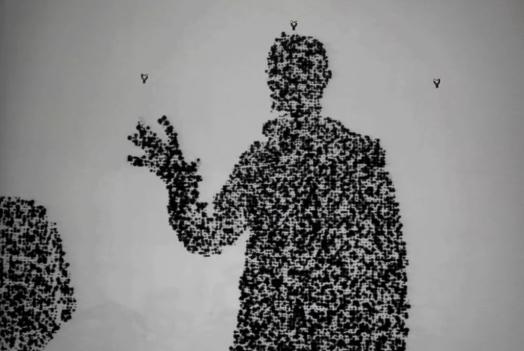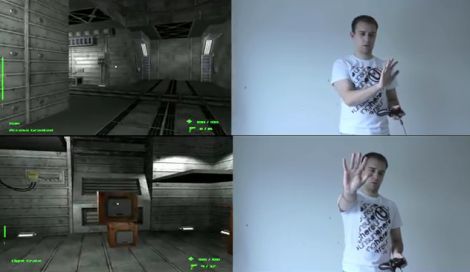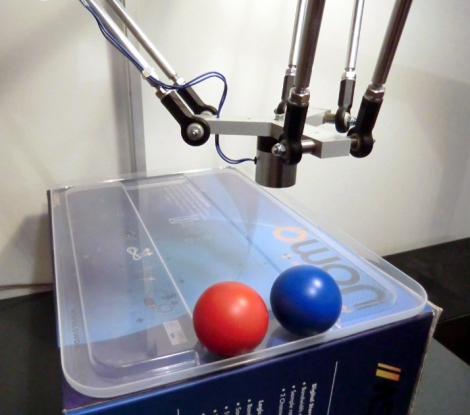To decorate the office for Halloween [Eric] decided to make [Vigo the Carpathian] stare at passersby. We hope that readers recognize this image, but for those younger hackers who don’t, this painting of [Vigo] played an important part in the classic film Ghostbusters II.
In the movie, his eyes appeared to be following anyone looking at the painting. [Eric] grabbed a Kinect and used Processing to recreate the effect in real life. The image is displayed on an LCD screen. A bit of work with Photoshop allowed him to cut out the eyes from the image, then create sprites which are moved by the Processing sketch. It’s reading data from the Kinect (so it knows where to ‘look’) which you can see perched on the top of the cubicle wall. The illusion is delightful, see for yourself in the clip after the break. We’ve already watched it a half-dozen times, and it looks like it was a real hit with the guests at the open house.
Can you believe they threw this together in just one day?
Continue reading “[Vigo’s] Stare Follows You Wherever You Go”

















